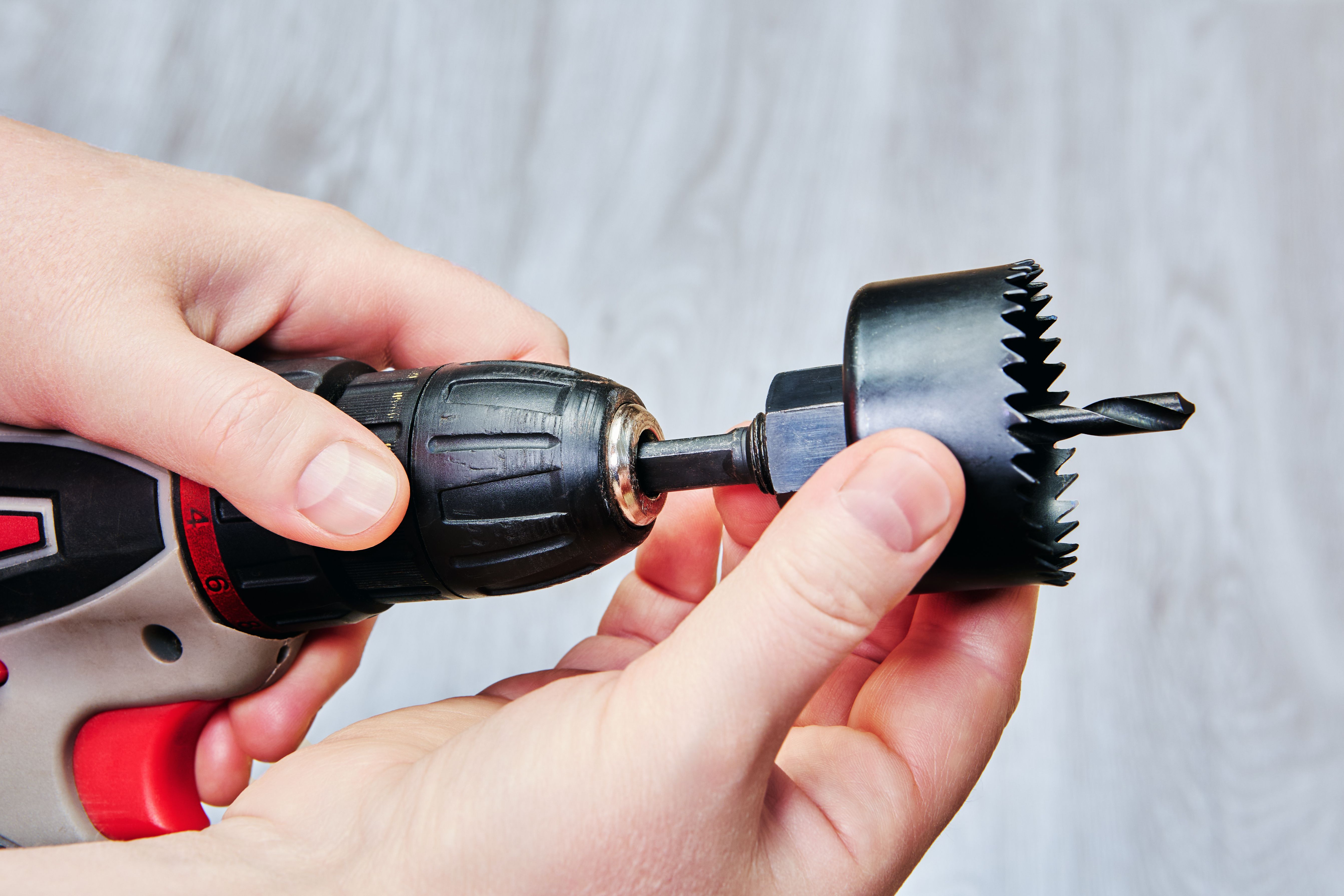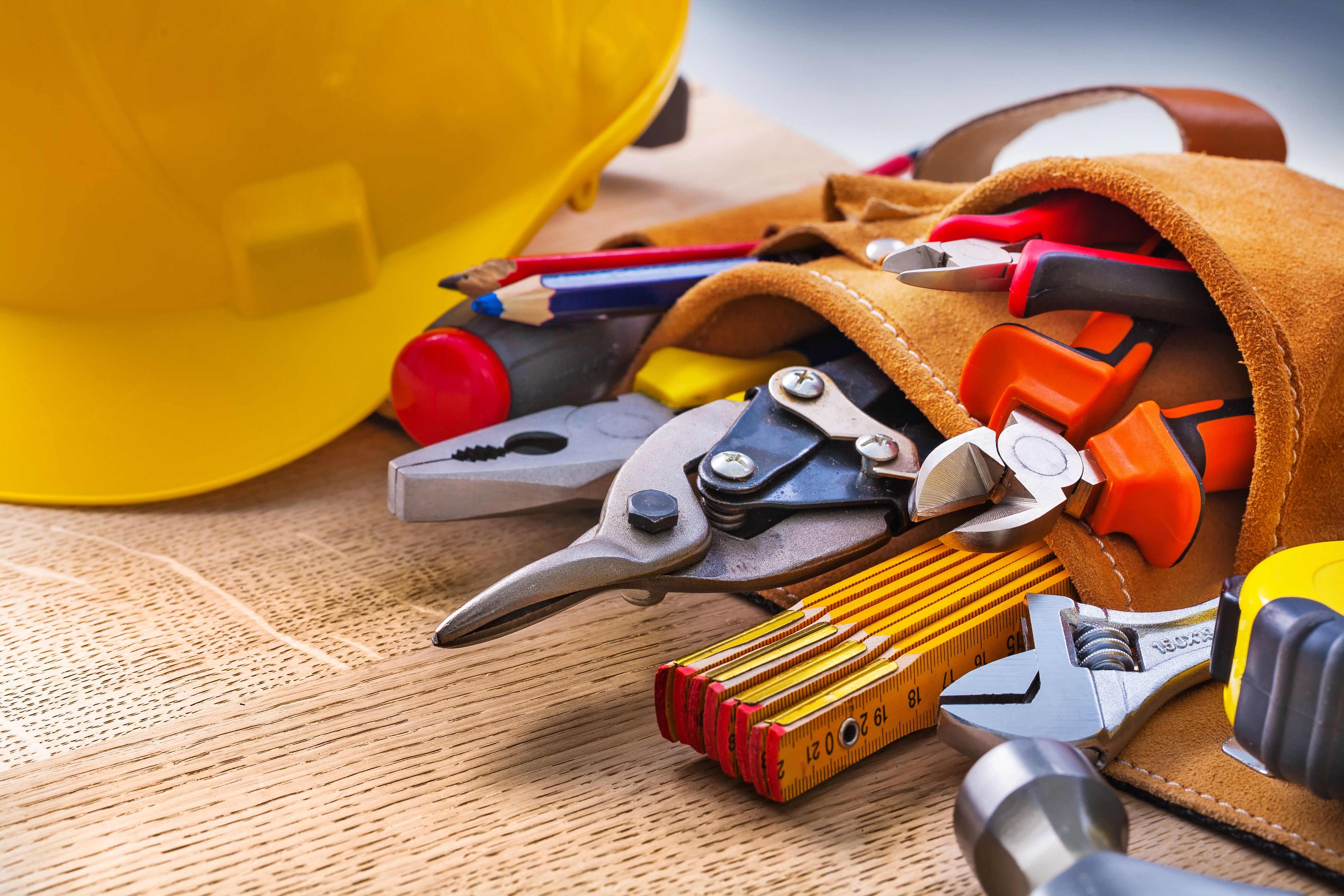مته گردبر در ایران: تاریخچه و کاربردها
RR

Introduction to Hole Saws in Iran
The hole saw, known as مته گردبر in Persian, is a versatile tool that has been widely used in various industries across Iran. Its ability to cut precise holes in different materials makes it an indispensable tool for professionals and DIY enthusiasts alike. Over the years, the use and technology of hole saws have evolved significantly, adapting to the changing needs of users.

Historical Background
The history of hole saws in Iran dates back several decades. Originally imported from Western countries, these tools quickly gained popularity due to their efficiency and ease of use. Iranian craftsmen and industrial workers found numerous applications for hole saws, from woodworking to metalworking. As local industries grew, so did the demand for more advanced and durable hole saws.
In recent years, Iranian manufacturers have started producing high-quality hole saws, tailored to meet local needs. This shift not only supports the domestic economy but also ensures that Iranian users have access to tools that are specifically designed for regional materials and conditions.

Applications of Hole Saws
Hole saws are incredibly versatile, making them suitable for a wide range of applications. Here are some common uses:
- Woodworking: Ideal for creating clean, round holes in wooden surfaces, perfect for furniture making and cabinetry.
- Metalworking: Used to cut holes in metal sheets for ventilation, wiring, or plumbing purposes.
- Construction: Essential for installing fixtures such as doorknobs and plumbing fittings.
- Electrical Work: Facilitates the installation of wiring systems by creating precise openings in walls or panels.

Choosing the Right Hole Saw
Selecting the appropriate hole saw depends on several factors, including the material you intend to cut and the size of the hole required. Here are some tips to consider:
- Material Compatibility: Ensure the hole saw is suitable for the material, whether wood, metal, or plastic.
- Size: Choose a saw with the right diameter for your specific project needs.
- Teeth Design: Different teeth configurations are available for smoother cuts or faster operation depending on the material.
Advancements in Technology
The technology behind hole saws has seen remarkable advancements. Modern designs feature enhanced durability and efficiency. Innovations such as carbide-tipped teeth and improved heat resistance have extended the lifespan of these tools, making them more cost-effective in the long run. Additionally, quick-change systems have been introduced to facilitate fast and easy blade swaps, reducing downtime during projects.

Caring for Your Hole Saw
Proper maintenance is crucial to prolonging the life of your hole saw. Regular cleaning after use prevents material buildup on the teeth, which can dull the blade. It's also important to store your hole saws in a dry place to prevent rusting. Some models come with protective cases that ensure safe storage and transport.
Sharpening the teeth periodically can also maintain cutting efficiency. If you notice reduced performance or increased effort during cutting, it might be time to sharpen or replace the blade.

Conclusion
The use of hole saws in Iran reflects a blend of traditional craftsmanship and modern innovation. Whether used by professionals or hobbyists, these tools continue to play a vital role in various sectors. By understanding their history, applications, and care requirements, users can fully harness their potential and contribute to the ongoing development of local industries.